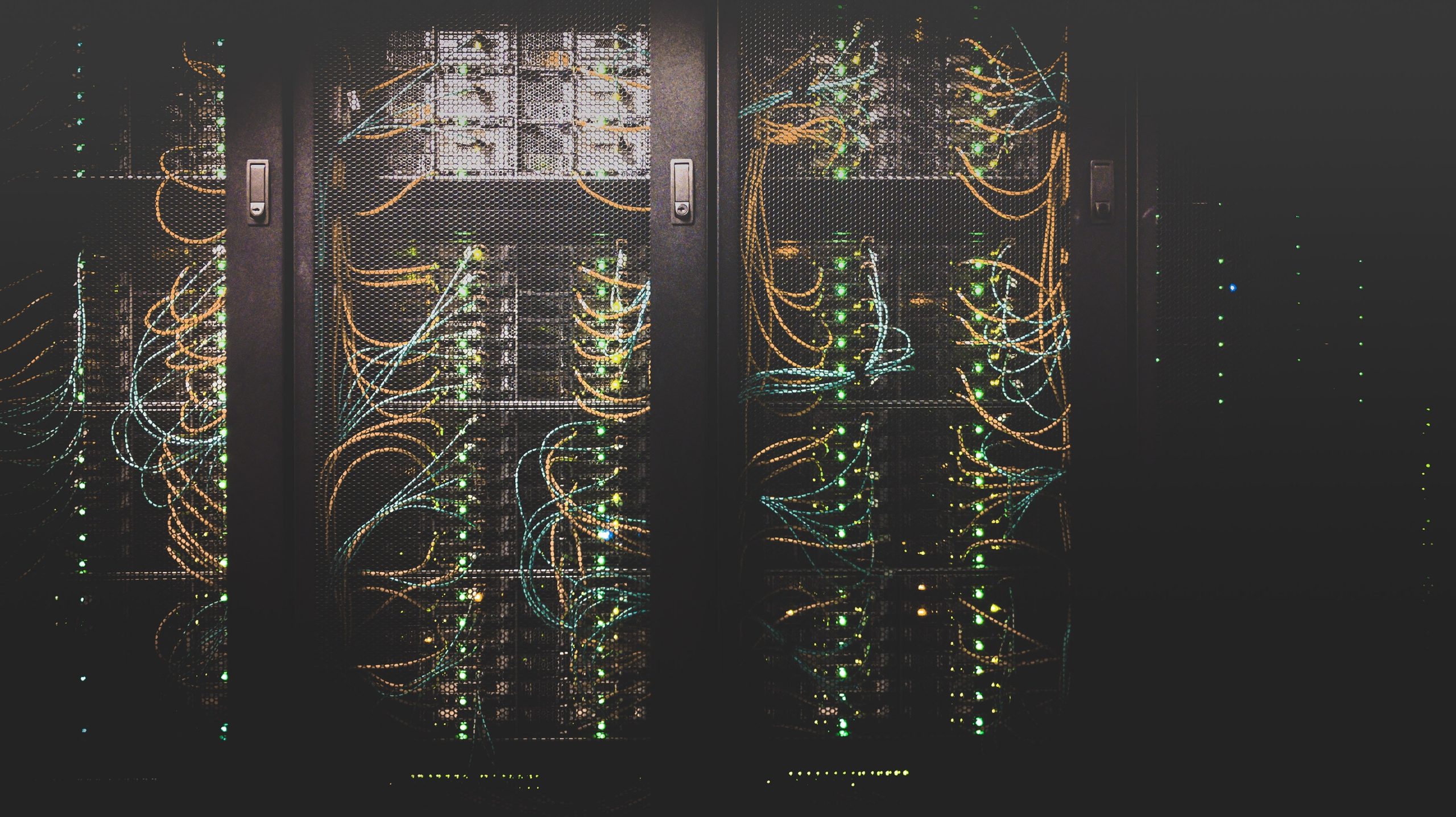Forbes, November 28, 2022, Eric Herzog
If the iconic Muppet character Kermit the Frog hopped into the data center of a typical enterprise-sized organization on any given day to see the racks and racks of data storage systems (called arrays) upon storage arrays upon more storage arrays, he’d probably exhale and say, “It’s not easy being green in an enterprise data center.”
With so many platforms, along with wiring, power usage and rack space utilization, in the heart and soul of a company’s data infrastructure, the ability to be “green” in IT seems too daunting. But does this conventional thinking really still hold true? I wonder if Kermit the Frog is wrong.
This is a new strategy enterprises can use to begin to go green in their data centers. It follows the path of a green IT initiative that aims to reduce any negative impact on the environment by recycling more efficiently and eliminating waste.
With storage consolidation in a data center, or across multiple data centers that are geographically dispersed, it’s easier to take a leap forward into green IT with less waste, less energy, less space and less to recycle.
Consider a data center with 20 storage arrays. By adopting larger-scale storage capabilities, those could be consolidated down to only a few storage arrays. It may sound almost “too easy” for some traditionalists who believe everything in IT needs to be “hard” to be worth it; however, times have changed.
The storage industry has been transformed by the emergence of higher-capacity, easier-to-use, high-performance enterprise arrays with smaller data center footprints. With fewer arrays, less energy is generally used, which helps achieve more energy-efficient consumption. Less space is needed. Fewer physical objects have to be recycled when the storage arrays are at the end of their lives. In addition, CIOs and storage administrators can consider converting primary storage arrays into secondary ones to back up data to get the absolute most out of an array before it is completely retired. Reuse is a good way to extend the life of equipment, reducing the consumption of resources.







